Comprehensive Guide to Water Quality in Hawaii: Contaminants, Issues, and Water Filtration Solutions
by Ryan Moreau / updated February 20th, 2025
Hawaii, the paradise of the Pacific, is not only known for its breathtaking landscapes and vibrant culture but also for its unique water resources. The state’s water supply is primarily sourced from aquifers and rainfall, filtered naturally through layers of volcanic rock. Despite its natural filtering process, Hawaii faces several water quality challenges due to factors like agricultural activities, underground storage leaks, and volcanic activity. In this comprehensive guide, we delve into the common contaminants affecting Hawaii’s water, regional challenges, and effective filtration solutions. Start by using our Water Quality Tool to get a customized analysis of your local water conditions.
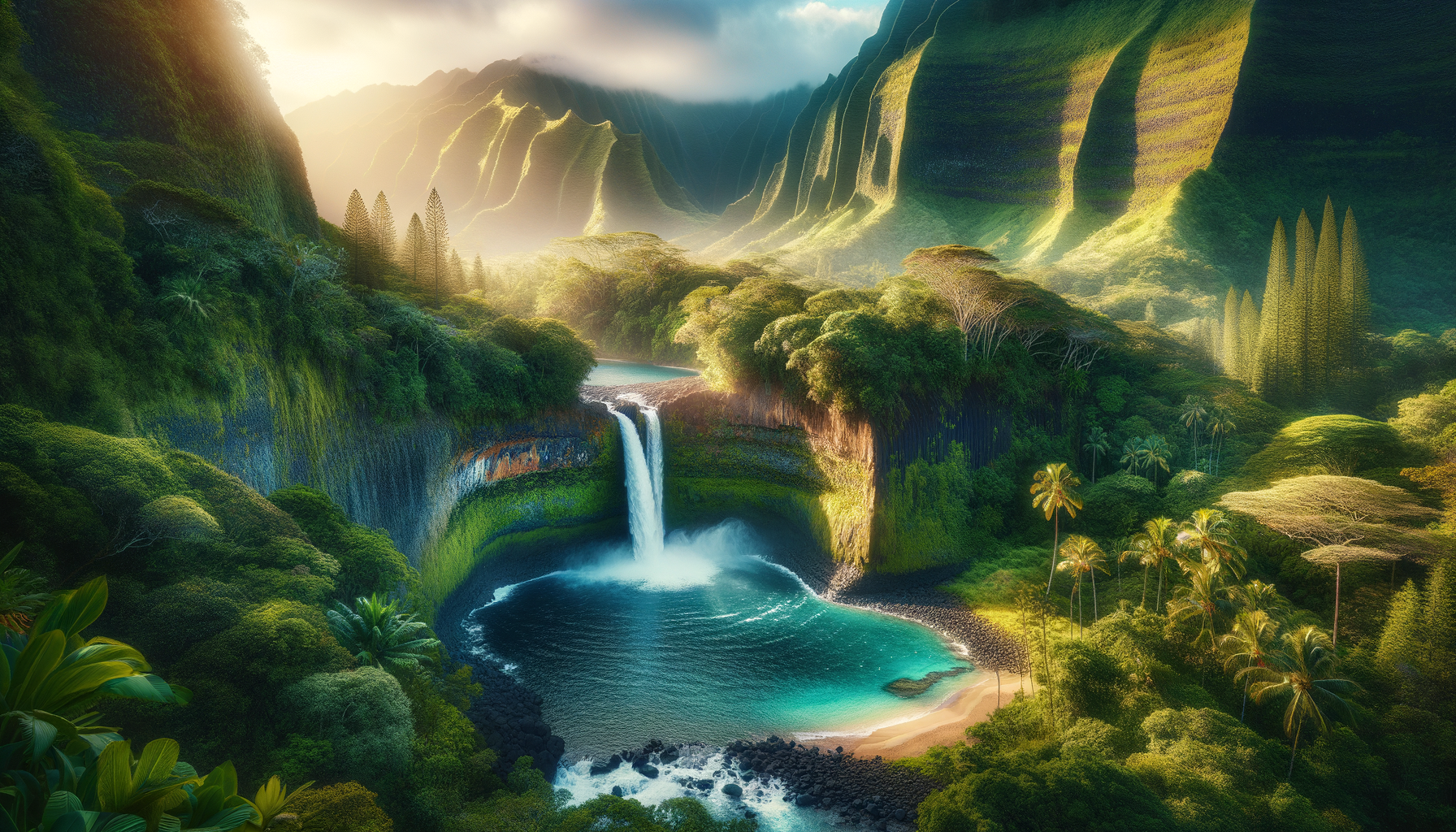
Overview of Hawaii’s Water Sources
Hawaii’s water system is as unique as its island geography. Key sources include:
- Groundwater Aquifers: The primary source of drinking water, rainwater percolates through volcanic rock into underground aquifers, naturally filtering the water.
- Surface Water: Streams, rivers, and reservoirs supplement water needs, particularly for irrigation and in areas where groundwater is less accessible.
- Rainwater Catchment Systems: Especially common on the Big Island, individual homes and communities collect rainwater for personal use.
- Desalination: In some areas, seawater is desalinated to meet increasing water demands, though this remains limited due to high costs.
The delicate balance of Hawaii’s ecosystem makes water resource management critical. The state depends heavily on sustainable practices to ensure that overuse and contamination do not deplete these vital resources.
Common Water Quality Contaminants in Hawaii
Despite its seemingly pristine environment, Hawaii’s water can be affected by various contaminants, often due to human activities and natural geological factors. To better understand what might affect your area, start with our Water Quality Tool and then review these common issues:
1. Pesticides (e.g., Atrazine)
Agricultural activities, particularly on Oahu and Kauai, have led to pesticide contamination in groundwater. Atrazine, a widely used herbicide, can affect the endocrine system and is linked to reproductive issues in humans.
Water Filtration Options for Pesticides: Activated Carbon Water Filters, Reverse Osmosis Water Filters
2. Volatile Organic Compounds (VOCs)
Incidents like the Red Hill fuel leak on Oahu have introduced petroleum-based VOCs into groundwater supplies. These compounds, including benzene and toluene, are carcinogenic and pose serious health risks.
Water Filtration Options for VOCs: Activated Carbon Water Filters, air stripping systems
3. Heavy Metals (Lead, Arsenic)
Old plumbing systems can leach lead into the water, while natural deposits of arsenic in volcanic rock can dissolve into groundwater. Prolonged exposure can lead to neurological and developmental problems, especially in children.
Water Filtration Options for Heavy Metals: Reverse Osmosis Water Filters, distillation systems
4. Nitrates
Nitrate contamination often results from agricultural runoff and sewage leaks. Elevated nitrate levels can cause methemoglobinemia or “blue baby syndrome” in infants, affecting the blood’s ability to carry oxygen.
Water Filtration Options for Nitrates: Reverse Osmosis Water Filters, ion exchange units
5. Microbial Contaminants
Due to the use of rainwater catchment systems, there’s an increased risk of bacterial contamination from animal waste and other environmental sources. Pathogens like E. coli and Giardia can cause gastrointestinal illnesses.
Water Filtration Options for Microbial Contaminants: Reverse Osmosis Water Filters with UV disinfection systems, boiling water
6. Naturally Occurring Radioactive Materials (NORM)
Hawaii’s volcanic geology can contribute to low levels of radioactive isotopes in water, such as radon and uranium. Long-term exposure to these elements can increase the risk of cancer.
Water Filtration Options for NORM: Reverse Osmosis Water Filters, aeration systems
7. Salinity
Saltwater intrusion is a concern, especially in coastal aquifers where over-pumping of groundwater can lead to increased salinity. High salt levels can affect blood pressure and kidney function.
Water Filtration Options for Salinity: Reverse Osmosis Systems, desalination units
8. Sulfates
Sulfate compounds naturally occur in volcanic areas and can dissolve into groundwater. High sulfate levels can have laxative effects and affect the taste of the water.
Water Filtration Options for Sulfates: Reverse Osmosis Water Filters, distillation
9. Iron and Manganese
These minerals are common in Hawaii’s groundwater and can cause staining on fixtures and laundry, as well as impart a metallic taste to water.
Water Filtration Options for Iron and Manganese: Whole House Water Filters with specific iron removal media
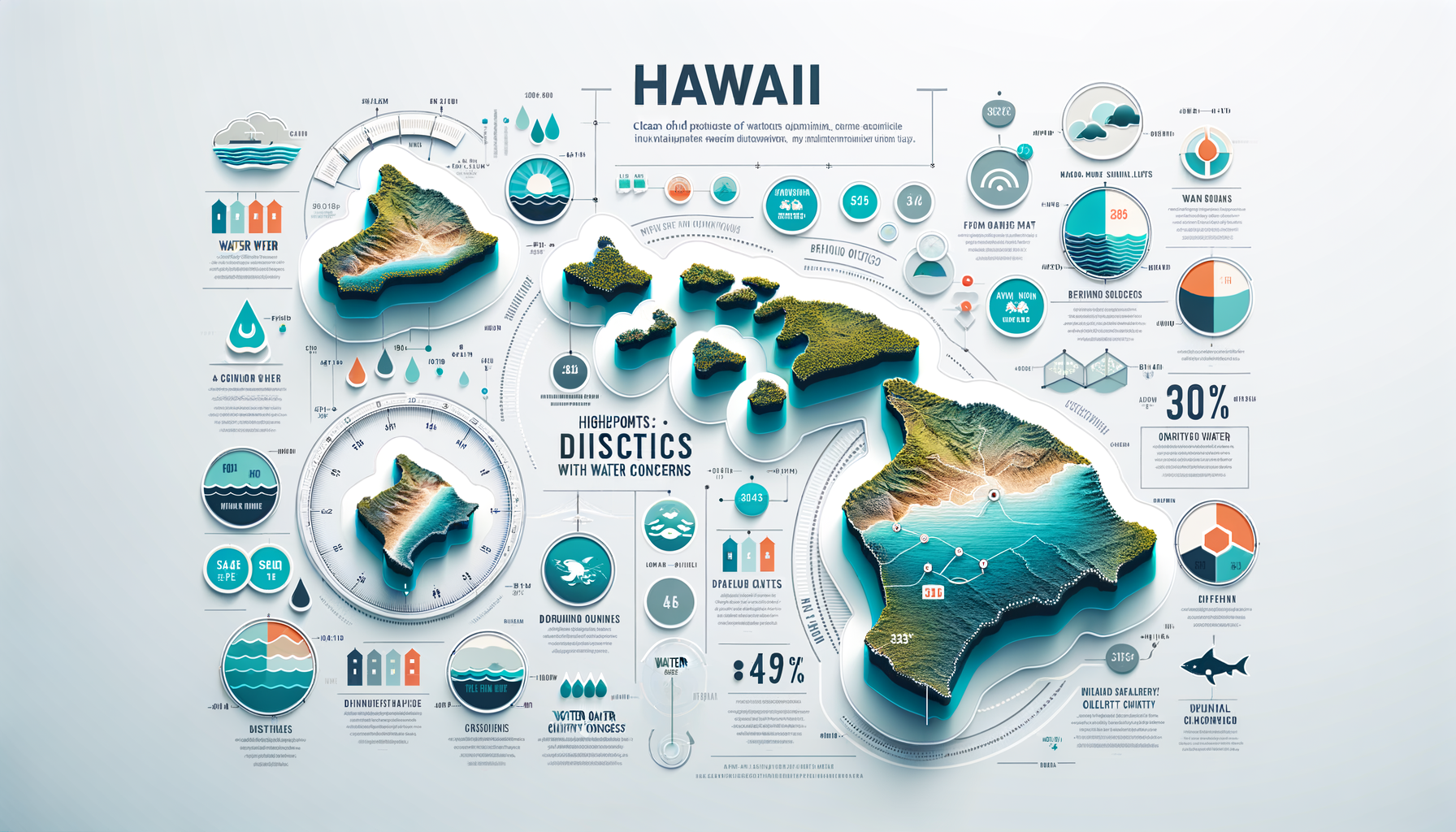
Regional Water Quality Challenges in Hawaii
Each island in Hawaii faces its own set of water quality challenges due to varying geological formations, human activities, and environmental threats. According to the Hawaii Department of Health (DOH) and the U.S. Geological Survey (USGS), key challenges include:
1. Oahu: Contamination from Military Activities
The Red Hill Bulk Fuel Storage Facility has been a significant concern on Oahu. In 2014 and again in subsequent years, fuel leaks threatened the Halawa Shaft, a major groundwater source for Honolulu, introducing petroleum contaminants into the water supply.
2. Kauai: Agricultural Runoff
Intensive agricultural activities, including former sugarcane and pineapple plantations, have led to pesticide and nutrient runoff into streams and groundwater. Contaminants like atrazine and chlorpyrifos have been detected, posing risks to both human health and coral reef ecosystems.
3. Big Island (Hawaii Island): Volcanic Activity
The active Kilauea volcano can affect water quality through acid rain and the deposition of volcanic gases and ash, which may lead to increased acidity and the presence of heavy metals in catchment water systems.
4. Maui: Over-Pumping and Saltwater Intrusion
Increased water demand for agriculture and tourism has resulted in over-pumping of aquifers in areas like Central Maui, leading to saltwater intrusion and higher salinity levels in freshwater sources.
General Water Characteristics in Hawaii
Hawaii’s unique volcanic geology and tropical climate contribute to the specific characteristics of its water, influencing its quality and how it should be treated.
1. Soft Water
Compared to many mainland regions, Hawaii’s water is generally soft due to the lack of calcium and magnesium in volcanic rock. Soft water can be advantageous for household use, as it reduces the buildup of scale in pipes and appliances.
However, soft water can sometimes be slightly acidic, which may contribute to the corrosion of pipes and the leaching of metals like copper and lead.
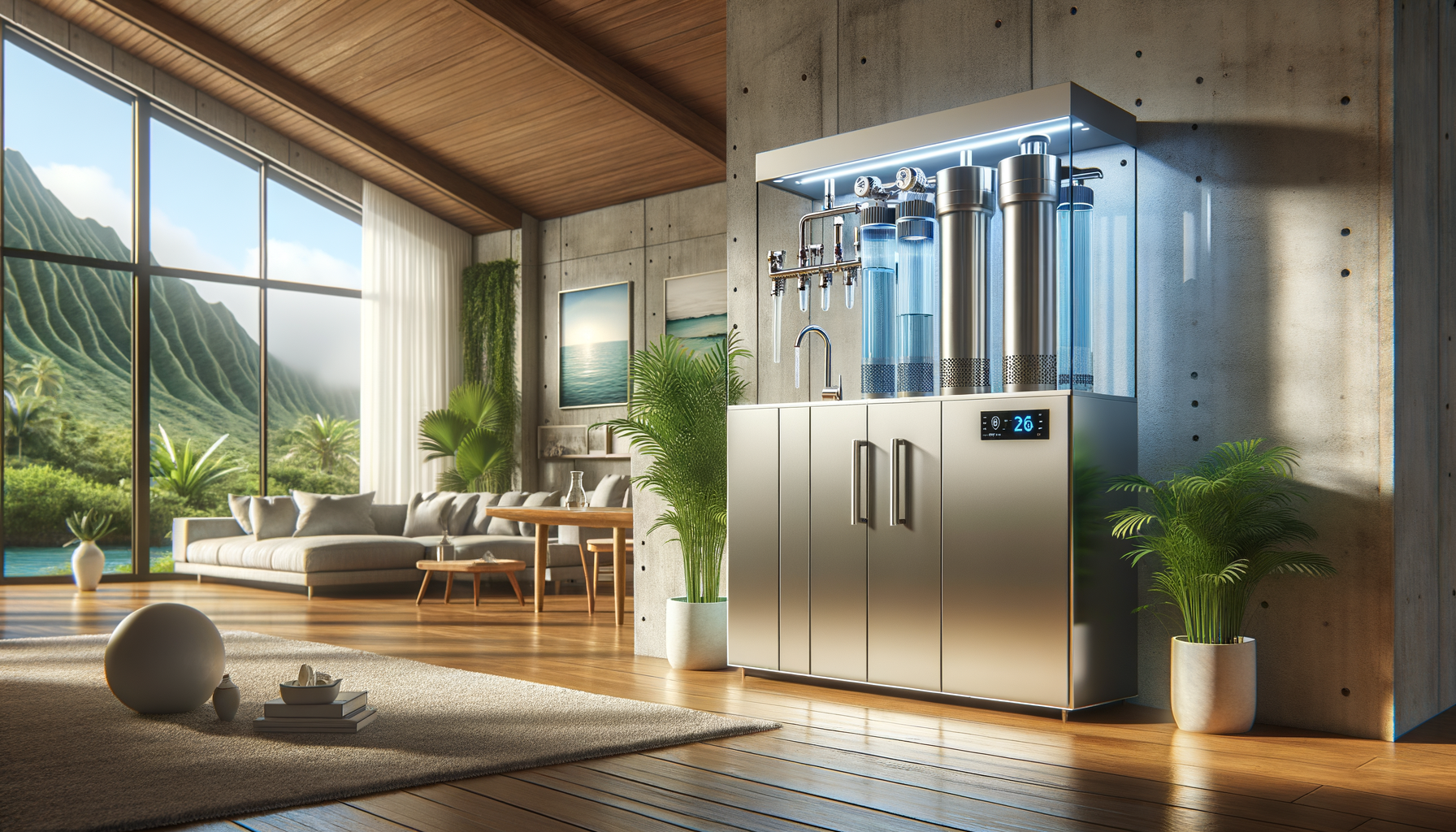
2. Slightly Acidic pH Levels
Hawaii’s rainwater is naturally slightly acidic due to atmospheric carbon dioxide. When collected in rainwater catchment systems, this can result in water with a pH below 7, potentially causing pipe corrosion.
- Acidic Conditions: Can leach metals from pipes, affecting water taste and safety.
- Impact on Infrastructure: May lead to increased maintenance costs due to corrosion.
To balance pH levels, homeowners can use neutralizing filters or add calcite to their water treatment systems.
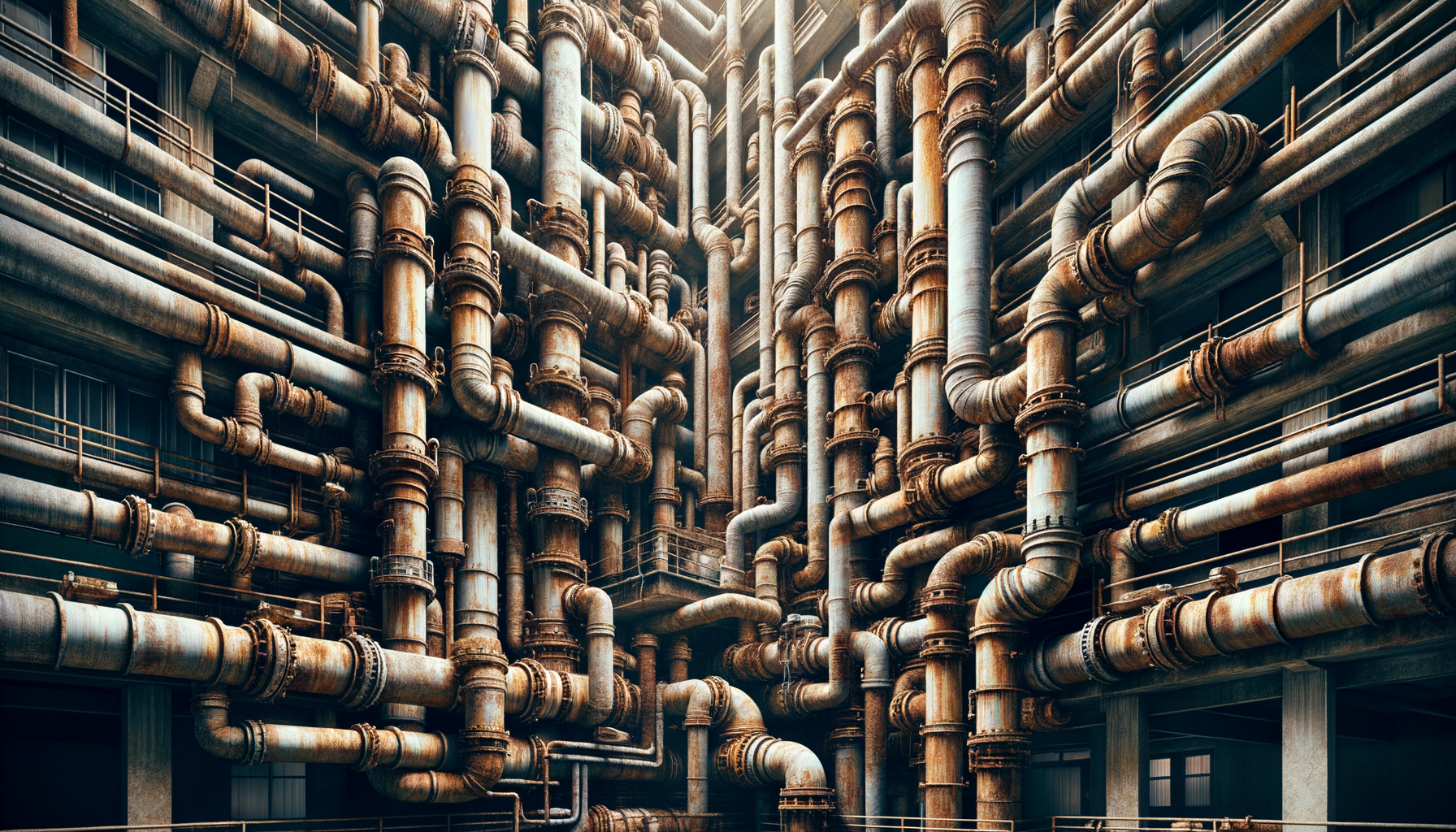
3. Influence of Volcanic Rock Filtration
The natural filtration provided by volcanic rock is highly effective, removing many impurities and providing clear, clean water. However, this filtration process can also introduce certain minerals into the water.
- Mineral Content: Elements like silica can be present, which generally do not pose health risks but may affect water quality.
- Trace Metals: Iron and manganese levels can vary, occasionally requiring treatment.
Understanding these characteristics helps in choosing appropriate filtration systems to ensure the water remains safe and tastes good.
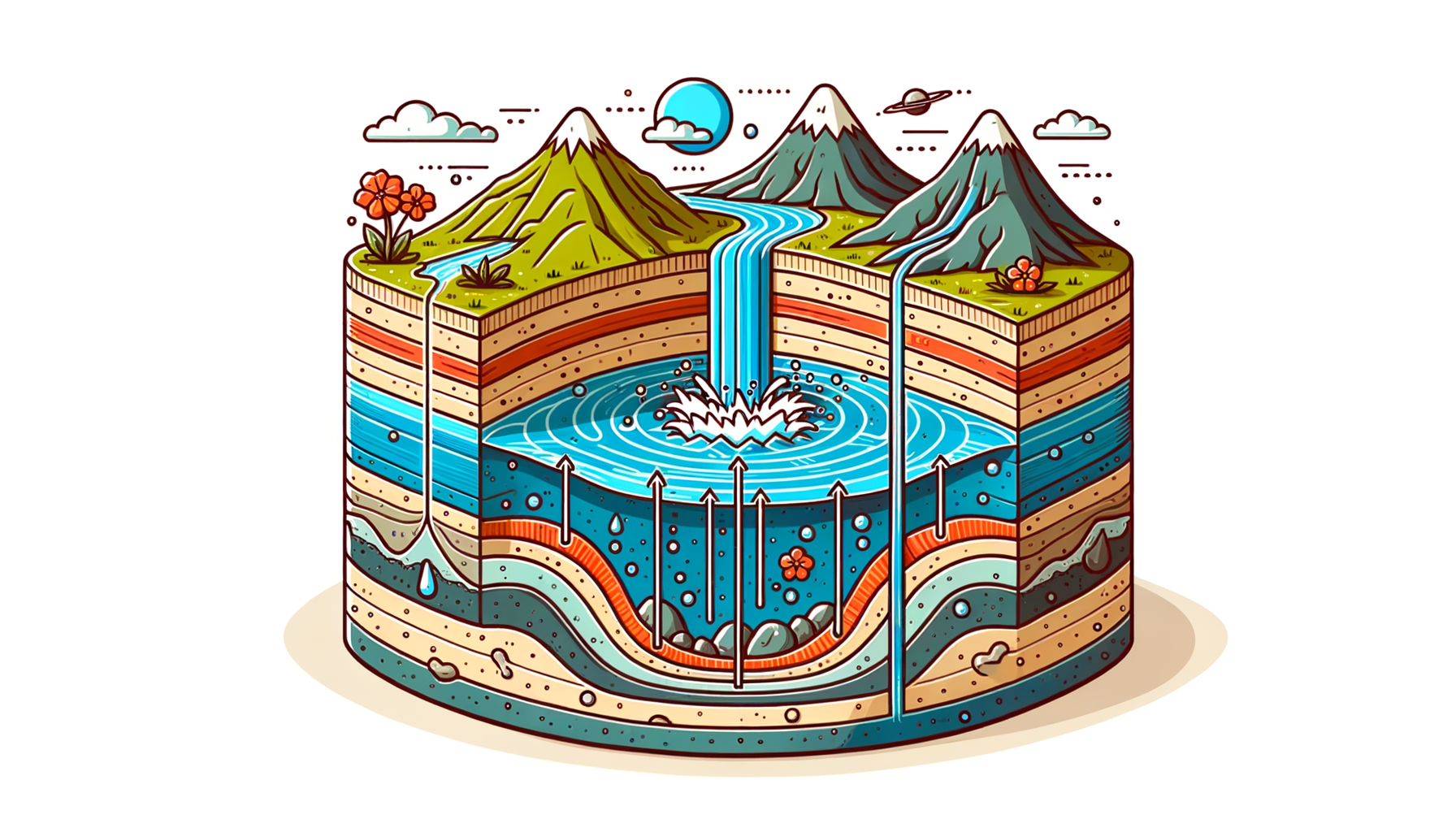
Utilizing the Water Quality Tool for Hawaii Residents
Access to accurate water quality information is vital for Hawaii residents, many of whom rely on private water systems. Our Water Quality Tool assists by:
- Allowing users to input their zip code for localized water quality data
- Providing insights into common regional contaminants and water characteristics
- Recommending tailored filtration solutions based on specific water quality issues
Recommended Filtration Solutions for Common Hawaii Contaminants
To address the water quality issues prevalent in Hawaii, the following filtration solutions are recommended:
1. Reverse Osmosis Systems
Reverse Osmosis Systems are effective in removing a wide range of contaminants including nitrates, pesticides, heavy metals, and dissolved salts from saltwater intrusion.
2. Activated Carbon Filters
Activated Carbon Filters are ideal for removing organic compounds like VOCs, pesticides, and improving taste and odor.
3. UV Disinfection Systems
For microbial contaminants, especially in rainwater catchment systems, UV disinfection offers an effective solution to neutralize bacteria, viruses, and other pathogens.
4. Ion Exchange Systems
Ion exchange units can be used to remove nitrates, sulfates, and other ions, improving overall water quality and safety.
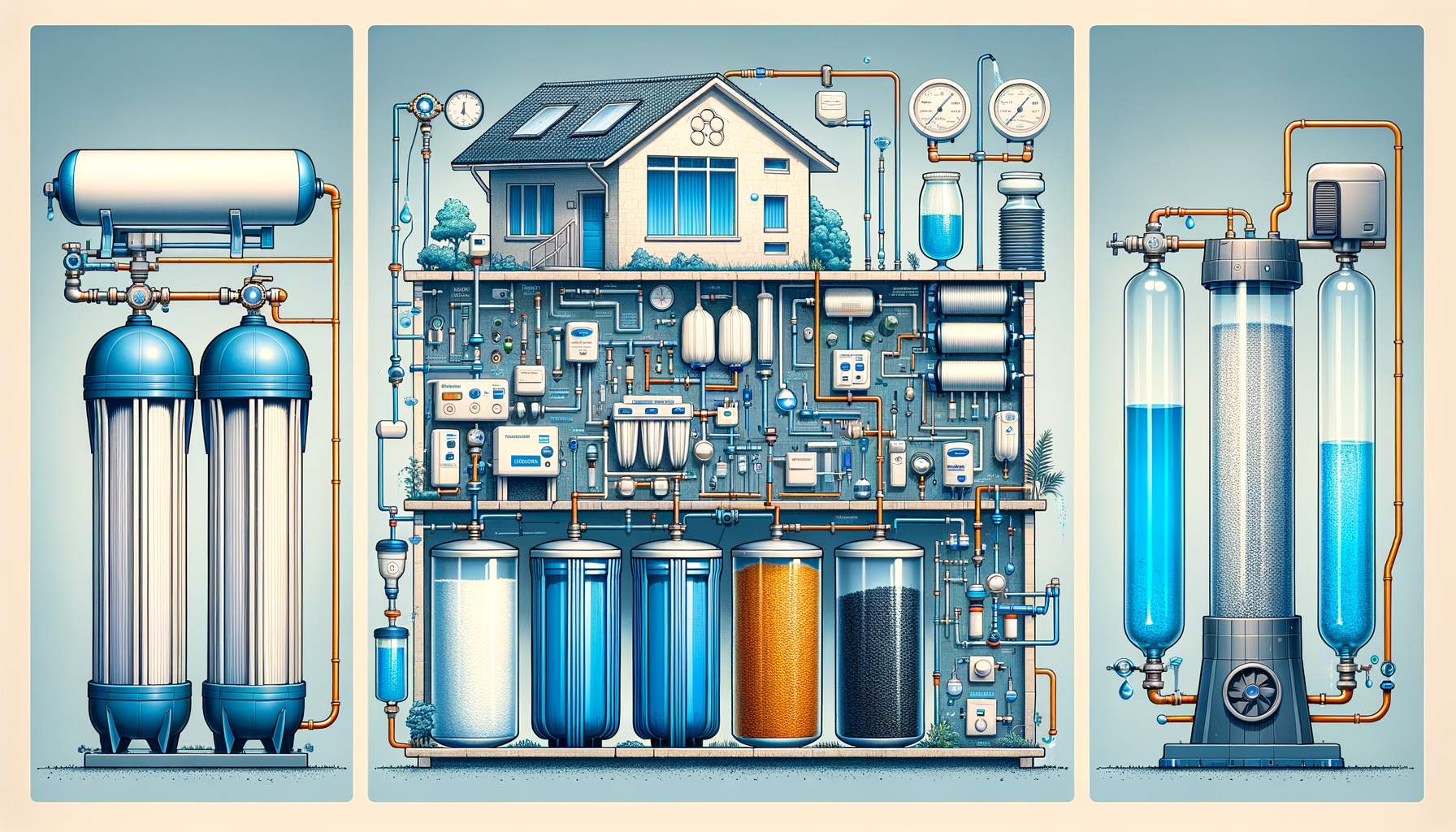
Local Water Testing Services in Hawaii
To ensure the safety and quality of your water, regular testing is essential. We recommend utilizing SimpleLab for comprehensive water testing. Their easy-to-use kits and detailed analysis help you understand the specific contaminants in your water, guiding you to choose the most effective filtration solutions.
Case Studies: Addressing Water Quality Issues in Hawaii
Examining real-life scenarios provides valuable insights into how Hawaii is tackling its water quality challenges:
1. Oahu’s Red Hill Fuel Leak Response
Following the fuel leak at the Red Hill facility, significant efforts were made to monitor and remediate the contamination. The Honolulu Board of Water Supply initiated groundwater monitoring programs and invested in treatment technologies to ensure safe drinking water for residents.
2. Rainwater Catchment Safety on the Big Island
Many residents on the Big Island rely on rainwater catchment systems. Programs by the University of Hawaii provide education on proper maintenance, filtration, and disinfection techniques to prevent microbial contamination.
3. Maui’s Salinity Challenge
To combat saltwater intrusion due to over-pumping, Maui County has implemented water conservation measures and explored alternative water sources, including reclaimed wastewater for irrigation, reducing the demand on freshwater aquifers.
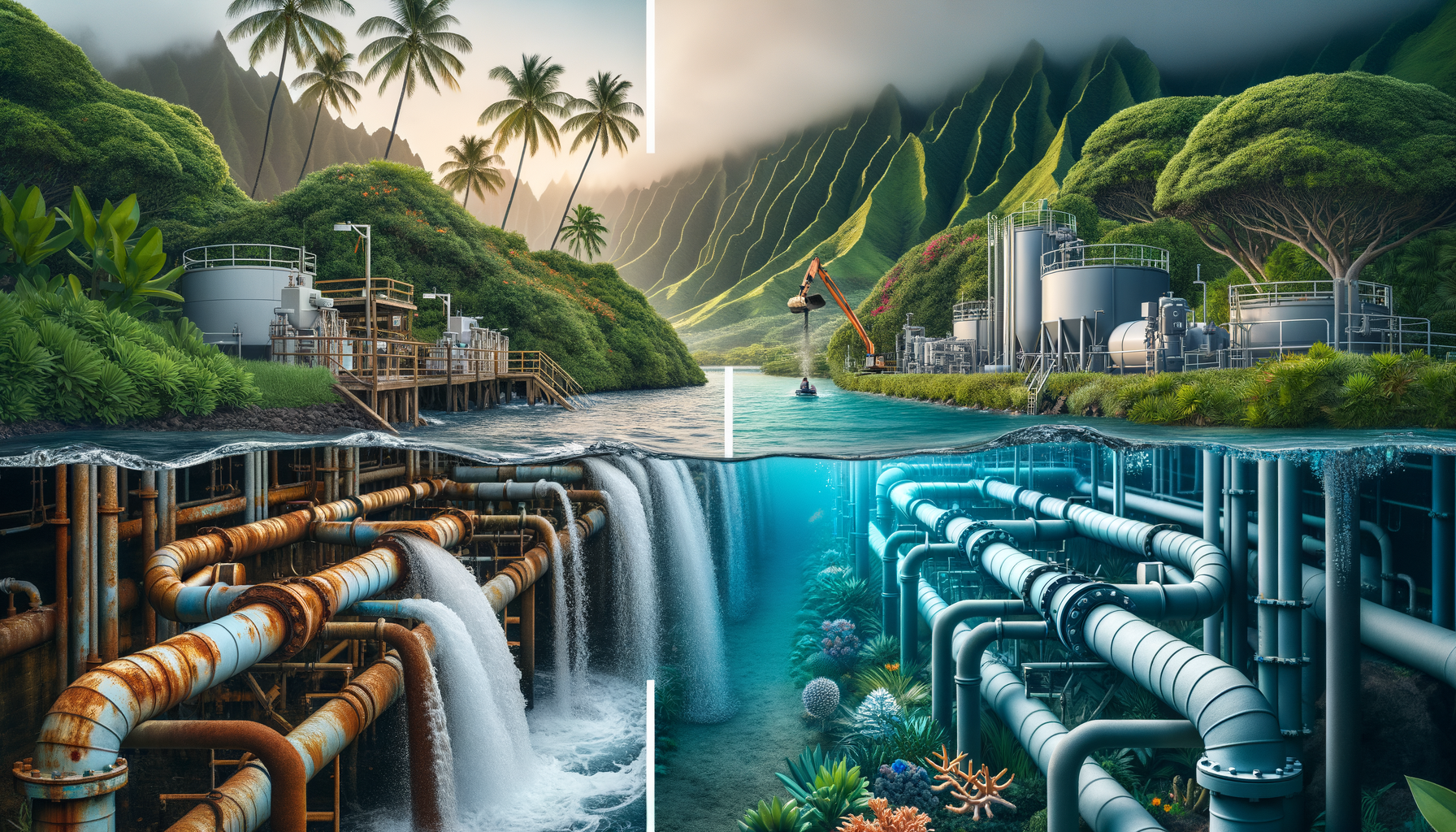
Call to Action
Preserving the quality of Hawaii’s water is crucial for the health of its residents and the environment. Understanding local water challenges and implementing effective treatment solutions are key steps toward this goal.
Begin by entering your zip code into our Water Quality Tool for a personalized assessment of your water supply. Explore our filter review articles to find the best solutions tailored to your needs. Finally, ensure the safety of your water by utilizing comprehensive water testing services. Together, we can safeguard Hawaii’s most precious resource for future generations.
